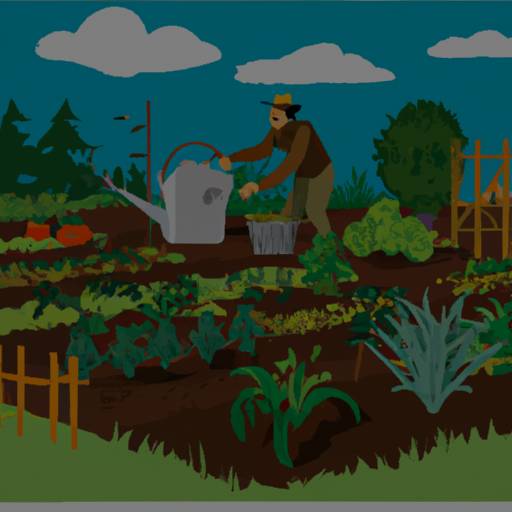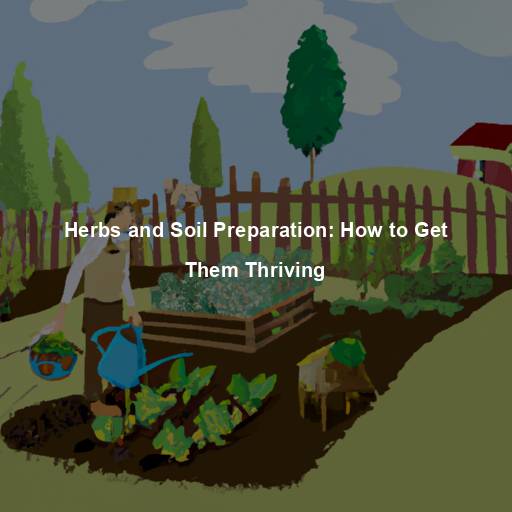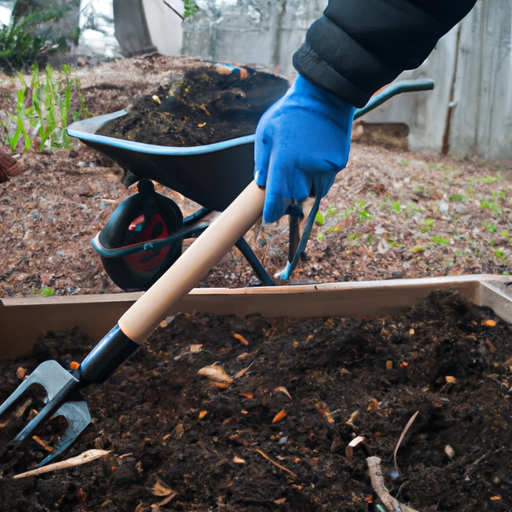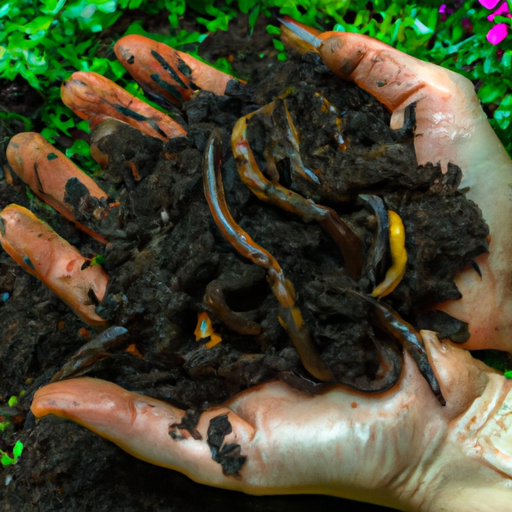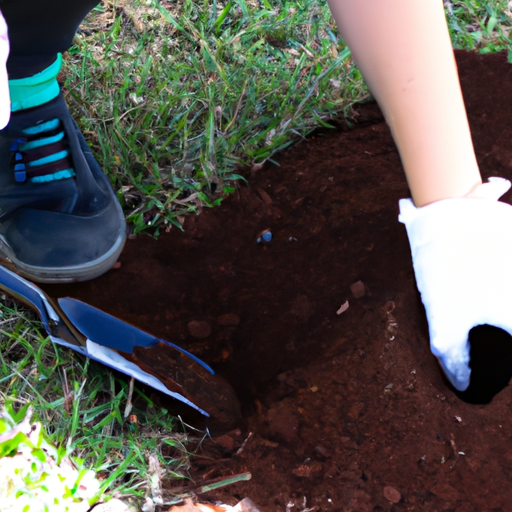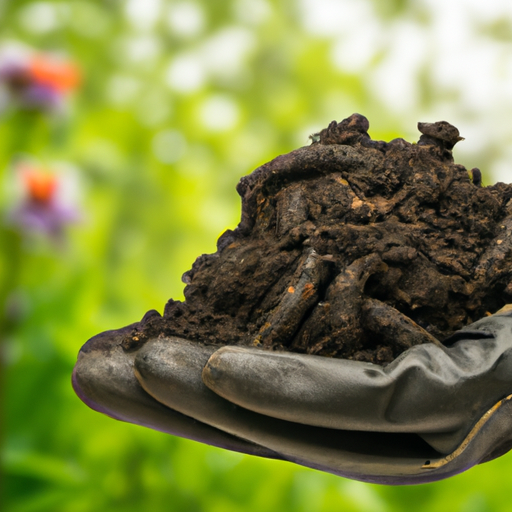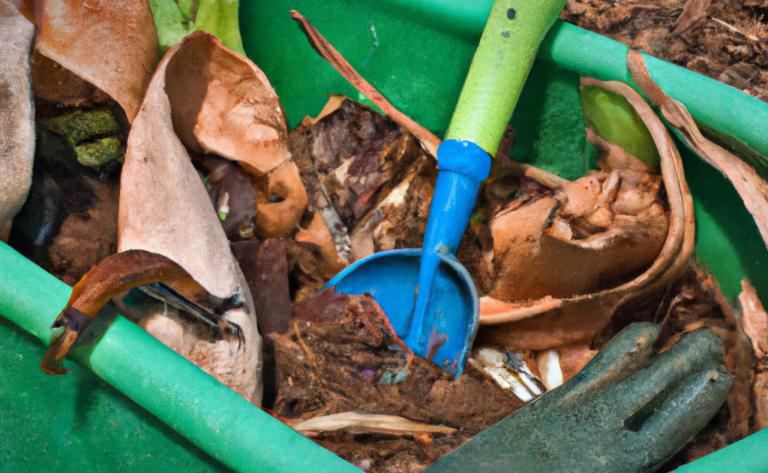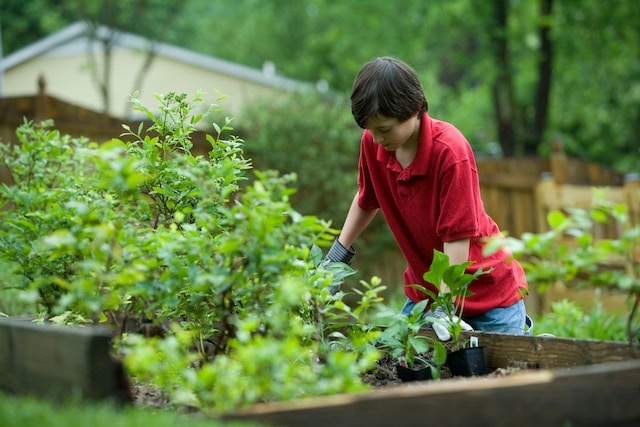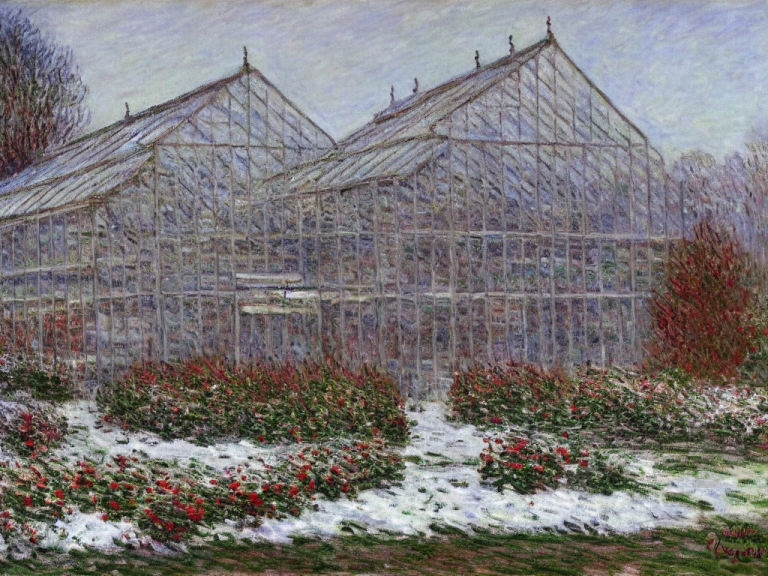Maximizing the Benefits of Mulching: An Experts Guide
Maximizing the Benefits of Mulching: An Experts Guide discusses the various benefits of mulching beyond weed suppression. It emphasizes how mulch retains moisture in soil, insulates roots from extreme temperatures, and prevents erosion. The article also provides tips for choosing the right type of mulch, different mulching techniques, and addresses frequently asked questions about mulching. It concludes by emphasizing the importance of balance and moderation in garden practices.

